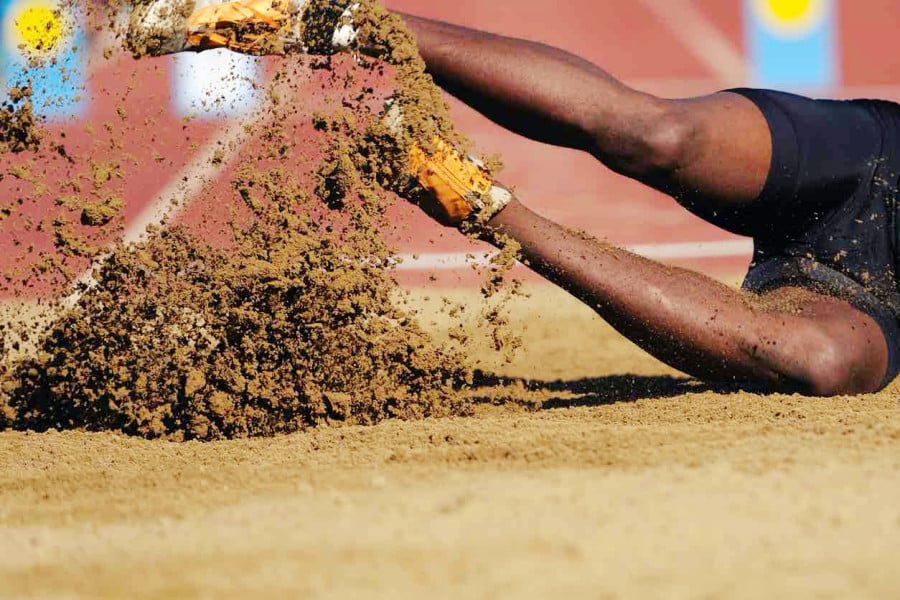Assessing contamination and thresholds under the World Anti-Doping Code: an advocate’s view on Lawson v IAAF (CAS 2019/A/6313)

This article is part of a series of articles by LawInSport looking from different perspectives at the important issue raised in Lawson of how contamination and relevant thresholds are addressed by the World Anti-Doping Code.
The article is written by Jonathan Taylor QC, Bird & Bird LLP. Jonathan was counsel to World Athletics (fka the IAAF), but not in Lawson v IAAF or any other doping cases. From November 2016 to January 2020, Jonathan was chair of WADA’s Compliance Review Committee, which works to ensure compliance by Signatories to the World Anti-Doping Code with their duties under the Code and the related International Standards.
In this article, the author examines and expresses his views on the decision reached by the panel in Lawson, and its potential implications for similar cases. Specifically, it looks at:
- Rebutting the Article 10.2 presumption of intent in the absence of proof of source;
- Accepting the plea of no intent in absence of proof of origin; and
- Accepting the No Fault plea without proper proof of source.
A longer version of this article will also appear in the August/September 2020 edition of International Sports Law Review.
……………………………………….
Introduction
To continue reading or watching login or register here
Already a member? Sign in
Get access to all of the expert analysis and commentary at LawInSport including articles, webinars, conference videos and podcast transcripts. Find out more here.
- Tags: Anti-Doping | Contamination | Court of Arbitration for Sport (CAS) | Dispute Resolution | IAAF | United States | WADA Code | World Anti-Doping Agency (WADA) | World Athletics
Related Articles
- Key sports law cases and developments of 2019 – Asia & Australia
- Sports law in 2020 - key issues to watch in UK & Ireland
- Sports law in 2020 - key issues to watch in Europe
- Sports law in 2020 - key issues to watch in North America
Written by
Jonathan Taylor QC
Jon advise the widest range of sports bodies, from international and national governing bodies to leagues, clubs, and their commercial partners on matters including broadcasting and sponsorship rights, challenges to regulatory decisions, commercial disputes, and regulatory and disciplinary issues including match-sanctioning, match-fixing and doping.




